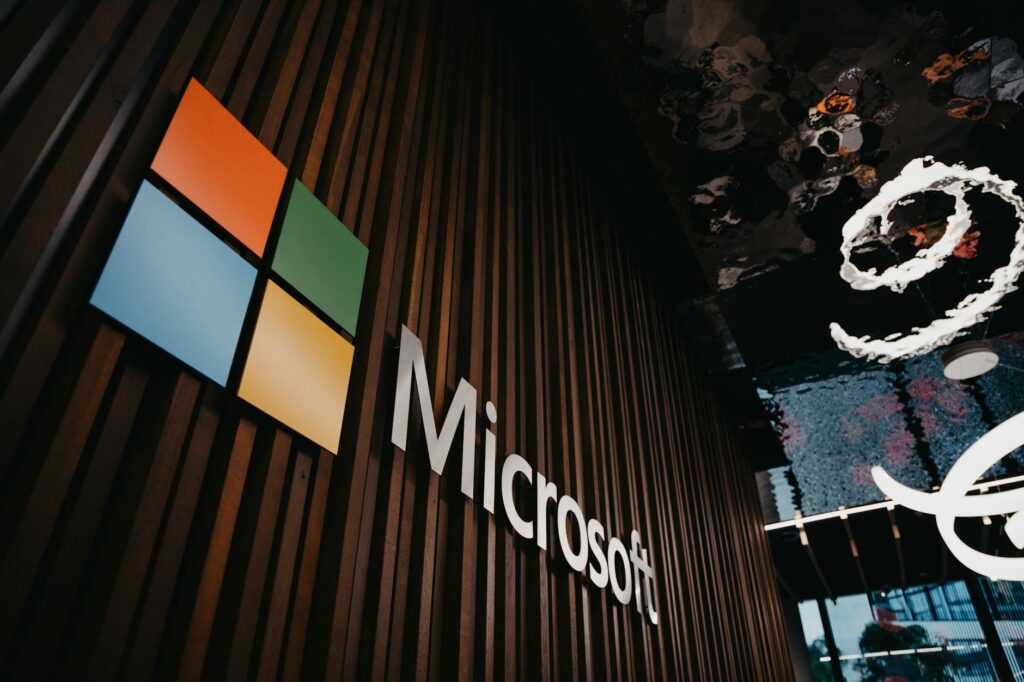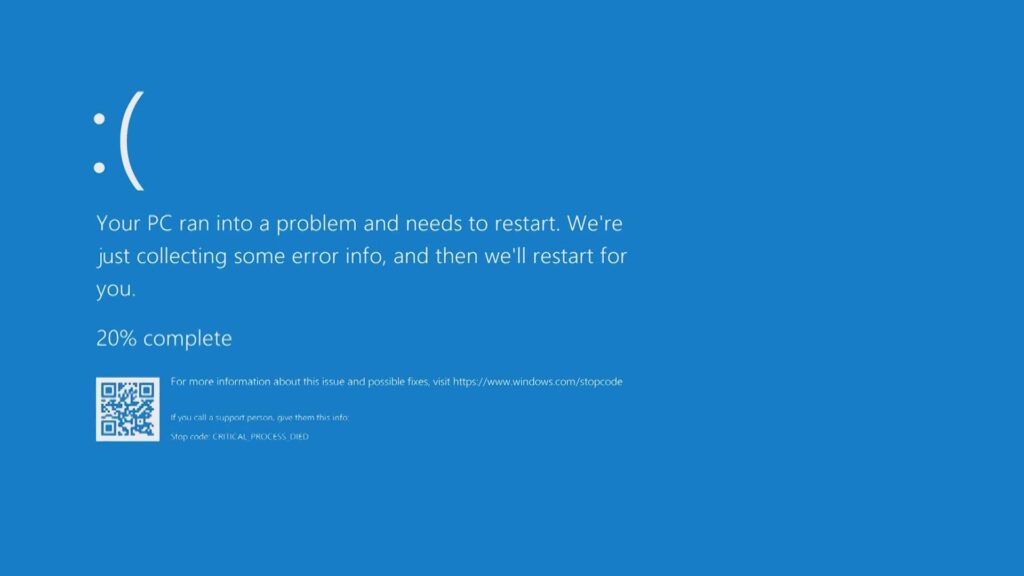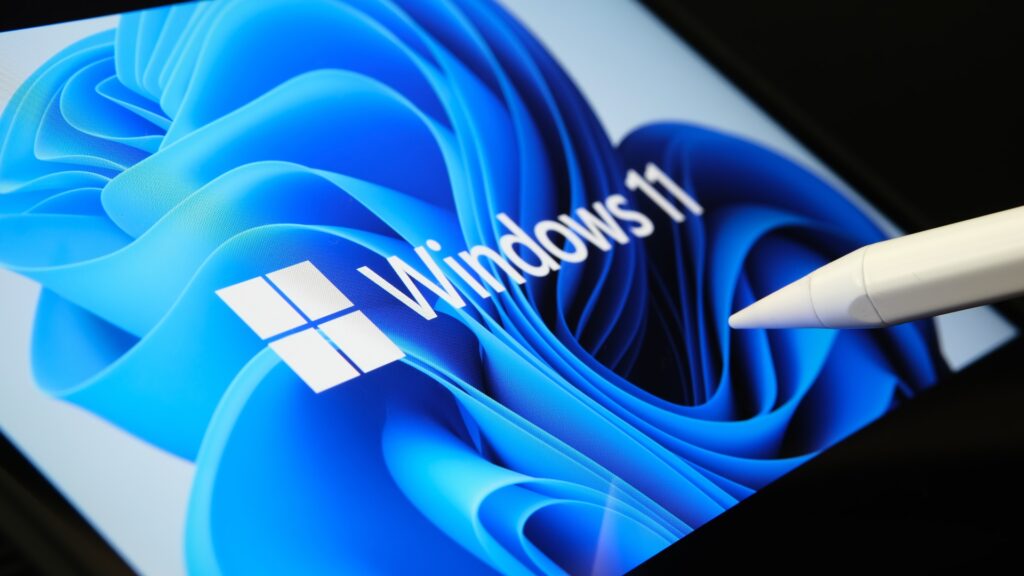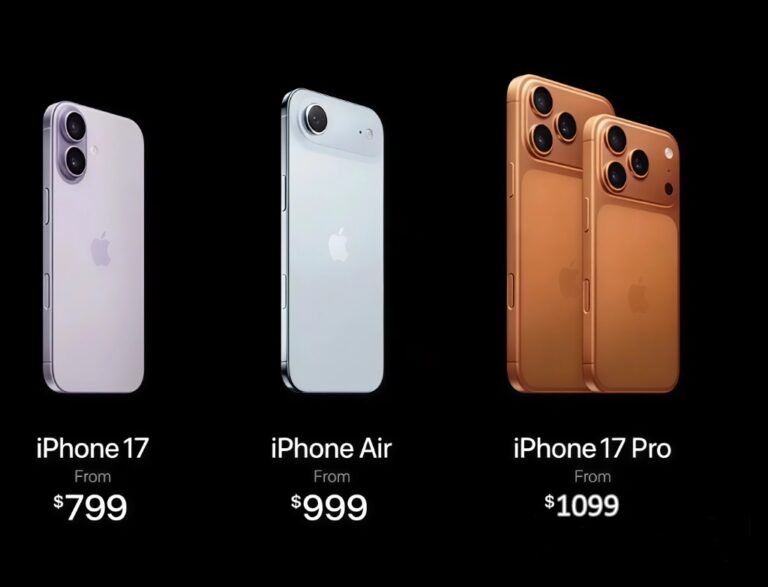
Photo by Angel Bena on <a href="https://www.pexels.com/photo/a-company-logo-on-a-wall-10142683/" rel="nofollow">Pexels.com</a>
In a move that signals the end of a digital era, Microsoft has announced the retirement of its legendary “Blue Screen of Death” (BSOD) in the upcoming Windows 11 24H2 update. For more than 40 years, this screen has been a symbol of sudden system failure, feared and instantly recognized by users worldwide.
The Blue Screen of Death typically appeared when Windows encountered a critical error, often caused by faulty hardware, incompatible drivers, or malfunctioning software. Its trademark blue background, coupled with a sad face emoji and a QR code for troubleshooting, made it one of the most iconic (and dreaded) parts of the Windows experience.

With the Windows 11 24H2 update, the familiar blue screen will be replaced by a new, modern Black Screen of Death. This update is part of Microsoft’s effort to align system visuals with the current aesthetics of Windows 11, especially for users who prefer dark mode.
The redesigned crash screen removes the sad emoji and QR code, offering a cleaner and more professional look. Microsoft also promises that crash recovery will now be much faster, with reboot times reduced to around two seconds in most scenarios.
In addition to cosmetic changes, the update improves the system’s internal diagnostics and logging. This will allow IT professionals and developers to troubleshoot issues more efficiently, even though these enhancements may not be visible to the average user.
Microsoft stated that the change aims to make system errors less alarming and more user-friendly. “We wanted to create a softer experience,” a Microsoft spokesperson explained. “The black screen blends with dark mode and feels more modern while still informing users something has gone wrong.”

Reactions from the tech community have been mixed. While some users appreciate the updated look and faster recovery times, others expressed nostalgia. “It’s like losing a piece of computer history,” one Reddit user posted. “The blue screen taught us all something—even if it was just to save our work more often.”
The updated crash screen will become the new default when the Windows 11 24H2 update rolls out later this year. Users can expect to start receiving it in phases beginning August 2025.
Though the Blue Screen of Death is being retired, its memory will live on through countless memes, IT support stories, and the collective experience of PC users around the world.



